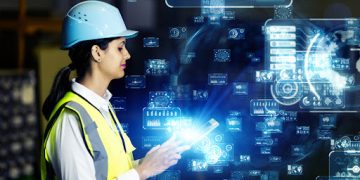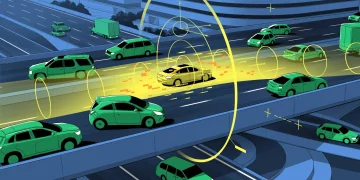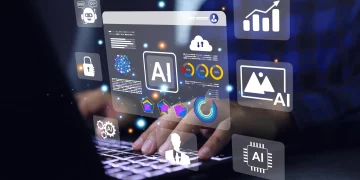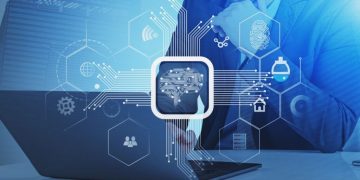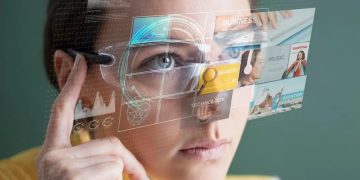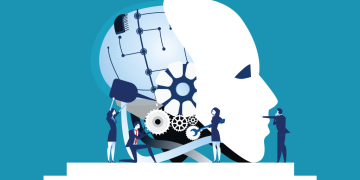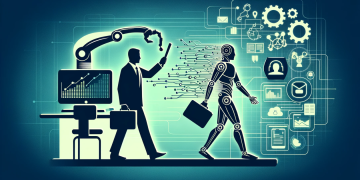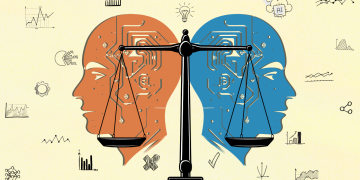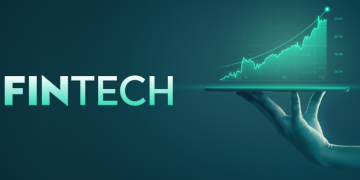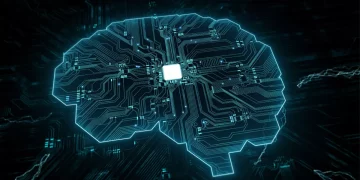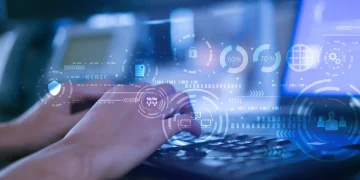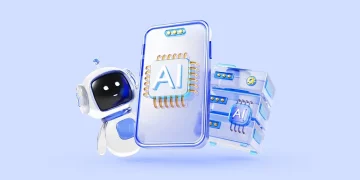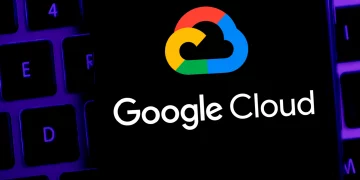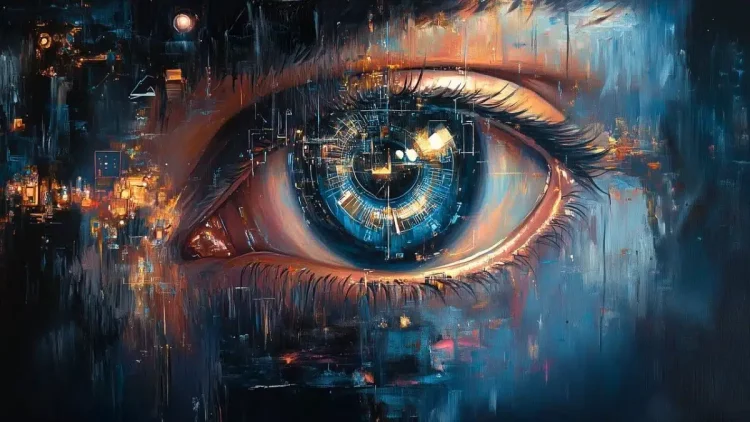Artificial intelligence has made its mark on nearly every industry, but perhaps one of the most fascinating and controversial areas of AI’s influence is in the realm of creative industries. The intersection of AI and creativity has sparked new possibilities, redefined artistic boundaries, and introduced revolutionary tools that artists, designers, and content creators are increasingly adopting to enhance their work. The creative industries, which have long been driven by human imagination and expression, are now experiencing a profound transformation as AI tools and technologies become central to the creative process.
From digital art and design to music composition, video production, and fashion, AI is enabling new forms of creativity, offering artists and designers powerful tools to push the limits of traditional artistry. But while AI may be seen as an innovative and beneficial force, it also raises questions about authorship, the role of human creativity, and how traditional art forms may evolve.
In this article, we will explore how AI is reshaping creative industries such as art creation, design, fashion, and multimedia production. We will examine the cutting-edge trends that are emerging in the intersection of AI and creativity, as well as the implications of these technological advancements for the future of artistic expression.
The Role of AI in Digital Art Creation
One of the most prominent areas where AI has made its impact is in digital art creation. AI tools like DeepArt, Artbreeder, and DALL-E are pushing the boundaries of what is possible in art. By harnessing the power of neural networks, these AI tools can generate highly intricate, realistic, or abstract artwork from basic prompts, photos, or sketches.
- Generative Art: AI has enabled artists to explore generative art, a form of art that is created through algorithms and can be guided by user input. For instance, tools like DeepDream and RunwayML use neural networks to create psychedelic, dream-like images that are a fusion of the artist’s intentions and the AI’s “imagination.” These tools are blurring the lines between the creator and the creation, allowing for entirely new artistic expressions that were previously impossible.
- AI-Powered Tools for Artists: Programs like Adobe Sensei are providing artists with tools that streamline the creative process. AI algorithms embedded within these programs can automatically enhance images, remove backgrounds, or even suggest composition improvements. These AI-powered features reduce the time spent on technical aspects, enabling artists to focus on the creative process itself.
- Artistic Styles and Experimentation: AI is also allowing for the fusion of diverse artistic styles, enabling artists to create hybrid works. For example, AI tools can combine the styles of famous artists like Picasso, Van Gogh, or Rembrandt with a user’s personal creations, generating new, unique pieces of art. Artists can experiment with countless styles, colors, and textures in ways that would be time-consuming or even impossible without AI assistance.
The future of AI in digital art creation is rich with possibilities, as the technology continues to evolve and become more accessible. The blending of AI and art allows for new forms of self-expression, unlocking creative potential in artists who may not have had the technical skills or resources to bring their visions to life.
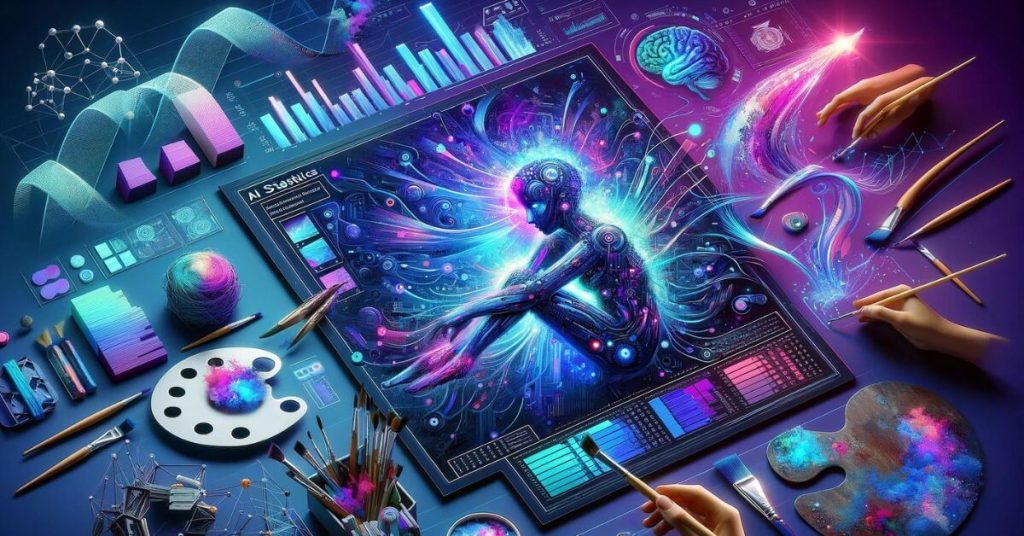
AI and Graphic Design: Transforming Visual Communication
AI is also revolutionizing the field of graphic design. Designers are increasingly turning to AI-powered tools for everything from logo creation and brand design to web development and content marketing. AI’s role in design is enhancing creativity while making the design process more efficient and accessible to a wider range of people, including those without formal design education.
- Logo and Branding Creation: AI-powered design platforms like Looka, Canva, and Tailor Brands allow users to create professional logos and branding materials by simply providing input like brand name, industry, and design preferences. The AI generates multiple logo concepts in minutes, allowing designers to fine-tune and customize them further. These tools significantly speed up the creative process while offering affordable design solutions to small businesses and entrepreneurs.
- Website and User Experience (UX) Design: AI is making waves in the design of websites and mobile apps. Platforms like The Grid and Firedrop leverage AI to build entire websites with minimal input from users. The AI analyzes content and user preferences to generate designs that are visually appealing and user-friendly. AI tools also help in optimizing the user experience by personalizing designs based on data analysis, leading to more engaging and interactive web experiences.
- Automating Repetitive Tasks: For professional designers, AI is becoming an invaluable tool for automating repetitive tasks, such as resizing images, adjusting color schemes, or adjusting layout elements. By reducing the time spent on these routine tasks, designers can focus on more complex and creative aspects of their work. Furthermore, AI can suggest color palettes, typography choices, and even design trends, helping designers stay updated on the latest industry standards.
The integration of AI in graphic design is democratizing the field, enabling non-experts to create professional-quality designs and empowering established designers to streamline their workflows, experiment with new ideas, and achieve more impactful visual communication.
AI in Fashion Design: From Concept to Runway
The fashion industry, known for its creativity and innovation, has embraced AI to bring new trends to life, streamline production, and predict future fashion movements. Designers are leveraging AI to design clothes, forecast trends, and enhance the customer experience in unprecedented ways.
- AI-Driven Trend Prediction: AI is helping fashion designers predict trends by analyzing consumer behavior, fashion shows, social media posts, and historical data. Platforms like Heuritech use AI to track emerging fashion trends and predict the next big style wave, enabling designers and retailers to stay ahead of the curve. These insights can help guide decisions on fabric selection, color schemes, and overall design.
- Designing with AI: AI is also being used to assist in the creative process of designing clothing. Tools like IBM’s Watson have been utilized to generate fashion designs based on the analysis of existing styles, materials, and consumer preferences. AI can help generate initial clothing designs, create new patterns, and offer suggestions for how to combine fabrics, all while considering sustainability and fabric availability.
- AI for Personalization: One of the biggest innovations in fashion is AI-powered personalization. Online platforms are using AI to analyze customer preferences, body types, and purchase history to recommend personalized clothing options. Companies like Stitch Fix use AI algorithms to curate individual wardrobes for customers based on their preferences, styles, and even occasions. The ability to provide such hyper-personalized shopping experiences is revolutionizing the fashion industry and creating deeper connections between consumers and brands.
- Sustainability: AI is also playing a role in promoting sustainability in the fashion industry. By using AI to optimize supply chains, designers can reduce waste by producing only the right amount of clothing. AI is also being used to assess the environmental impact of various materials and production methods, helping designers make more sustainable choices.
The integration of AI into the fashion industry is facilitating creative breakthroughs, improving production efficiency, and enabling more personalized, sustainable, and consumer-driven designs.
AI in Multimedia and Content Creation
AI has made significant strides in the multimedia and entertainment sectors, particularly in film, music, and gaming. AI tools are being used to generate content, enhance production processes, and improve the overall experience for audiences.
- Music Composition and Production: AI is reshaping the music industry by assisting musicians with composition, production, and even mastering. Tools like Amper Music and Aiva enable artists to compose original pieces by simply inputting desired parameters like mood, genre, and tempo. AI-generated music can serve as a foundation for further creative exploration, or it can be used directly for commercial purposes, including video game soundtracks, advertising, and background scores.
- Video and Film Editing: AI has become an essential tool for video editors and filmmakers. AI tools can automate time-consuming tasks such as scene transitions, color correction, and audio mixing. In addition, AI is used for deep learning-based video analysis, enabling systems to tag and categorize content, track objects, and even detect sentiment and emotion in actors’ performances.
- Interactive and Immersive Experiences: AI is also transforming the gaming industry by creating more immersive and dynamic gaming experiences. AI-powered algorithms can design game environments that respond to player choices, adjust difficulty levels in real-time, and generate unique scenarios, making every gaming experience different from the last. Similarly, AI is used in virtual reality (VR) and augmented reality (AR) to create more realistic and engaging simulations.
- Deepfake Technology: AI’s ability to create hyper-realistic video content has led to the rise of deepfakes, where synthetic media is used to manipulate video, audio, or images. While deepfakes have raised ethical concerns, they have also opened up new possibilities in film production, allowing filmmakers to generate digital actors, create historical reenactments, and even resurrect deceased stars for movie roles.
AI is thus reshaping the multimedia landscape, enhancing creativity, and revolutionizing how content is created, produced, and consumed.
The Future of AI in Creative Industries
As AI continues to evolve, its potential in the creative industries will expand even further. In 2025 and beyond, we can expect AI to play an increasingly central role in creativity, design, and multimedia production. AI will become a collaborative partner for artists, designers, musicians, and content creators, amplifying their creativity and offering tools for experimentation and innovation.
However, the rise of AI in creative fields also raises questions about the role of human creators. Will AI ever truly replace human creativity, or will it serve as a tool that enhances human imagination? As AI continues to develop, it will be essential to ensure that ethical guidelines and copyright laws evolve to reflect these changes, protecting both the rights of creators and the public interest.
Conclusion
AI is undoubtedly innovating and transforming the creative industries, enabling new forms of expression, improving workflows, and enhancing consumer experiences. From digital art to fashion design, multimedia content creation, and beyond, AI is providing artists and designers with powerful tools that empower them to innovate and experiment like never before. As we look toward the future, AI will continue to be a driving force in the creative sector, challenging traditional boundaries and shaping the future of artistic and design expression.

